Table of Contents
The Benefits of Natural Fiber Clothing
This page may contain affiliate links. We may earn a commission on purchases, at no additional cost to you. Learn more →
In a world where fast fashion often reigns supreme, there's a refreshing movement steering towards natural fiber clothing. What is natural fiber clothing, you ask? It's a sustainable choice that's gaining momentum among eco-conscious consumers, offering a holistic approach to fashion (slow fashion).
Natural fiber clothes are more than just a trend; they symbolize an awareness and commitment to protecting the environment. Whether it's clothing made from natural fibers like cotton and wool or embracing natural materials for clothing like hemp and bamboo, this movement is all about making conscious choices.
Natural fabric clothing goes beyond style—it reflects a lifestyle. From the clothes made of natural fibers to the way they are produced, every aspect resonates with an eco-friendly vibe. The benefits of natural fibers in clothing are numerous, including being skin-friendly, eco-friendly, and utterly chic.
Are you ready to dive into the world of natural fibres clothing? Buckle up; this comprehensive guide will unravel the fiber, fashion, and everything in between
Short Summary
-
Discover the incredible benefits of natural fiber clothing and make an eco-conscious fashion choice!
-
Invest in your well-being, support slow fashion practices, and promote a greener lifestyle by choosing natural fibers.
-
Join together to create a brighter future for all with sustainable lifestyles through eco-friendly choices.
The Rise of Sustainable Fashion: A Natural Revolution
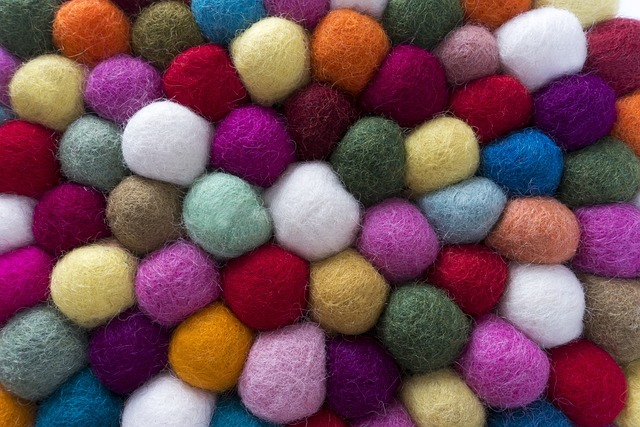
It's no secret that the fashion industry has been one of the significant contributors to environmental degradation. Synthetic fabrics, including non-biodegradable polyester, have long dominated the market. Sustainable clothing is transforming the fashion industry, as more and more people are turning to organic and sustainable materials for their wardrobe choices. Natural fibers clothing is at the forefront of this eco-revolution.
But what are natural fibers? Simply put, they are fibers derived from plants, animals, or mineral sources. These natural fabrics in clothing offer a multitude of advantages, from being biodegradable (how long does it take for cotton to decompose? Spoiler: much faster than synthetic materials!) to providing breathability and comfort.
Eco-conscious consumers are drawn to sustainable clothing brands not only for their unique designs but also for their commitment to ethical supply chains, fair labor practices, and environmentally friendly production methods. By choosing natural fiber clothes, you’re making a statement about your values and supporting a more sustainable future for our planet.
This article offers the ultimate guide to all things natural fiber, from a list of natural fibers in clothing to the ethical considerations in choosing them. So, if you've ever wondered, "Is cotton a natural fiber?" or "What fabrics are natural?" you're in the right place.
What is Natural Fiber in Clothing? A Definitive Guide
Natural fiber in clothing, also known as natural clothing, refers to the textile fibers derived from nature, such as plants, animals, or minerals. Unlike synthetic fibers like polyester, natural fibers are eco-friendly, biodegradable, and often more comfortable to wear.
What are natural fibers? Here's a closer look:
-
Plant-Based Fibers: Including cotton (yes, cotton is a natural fiber!), linen, bamboo, hemp etc. These fibers are derived from the seeds, stems, or leaves of plants.
-
Animal-Based Fibers: This category includes wool (indeed, wool is a natural fiber), silk, and cashmere. These fibers are obtained from animals and are known for their luxurious feel.
The journey from fibers to fabrics is an intricate one, with each natural fiber offering unique qualities, such as breathability, durability, and aesthetic appeal.
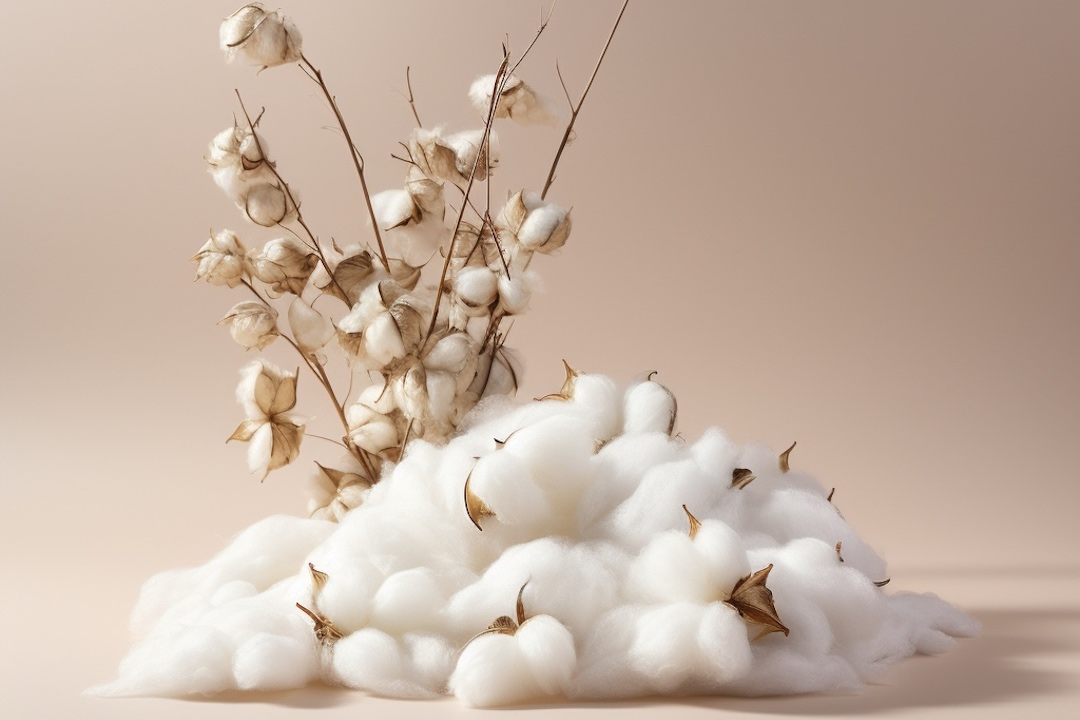
Fabulous Five: 5 Types of Natural Fibers in Clothing
The most commonly used natural fibers in clothing are cotton (26% market share), wool (3%), linen (2%), silk (0.2%), and others like hemp, jute, ramie. Here are five remarkable types of natural fibers that are reshaping the fashion industry:
Cotton or Organic Cotton
Cotton natural fiber is soft, breathable, and versatile.
Organic cotton production is growing at around 15-20% per year but still makes up less than 1% of global cotton production.
Wool
Is wool a natural fiber? You bet! Wool provides warmth and is perfect for winter wear. Australia is the largest wool producer, accounting for approximately 25% of the world's wool, followed by China and the United States.
Silk
Known for its luxurious feel and luster, silk is a natural fiber that adds elegance to any garment.
Linen
Linen natural fiber is known for its durability and cooling effect, making it ideal for summer wear. Made from flax, it accounts for less than 1% of the world's textiles but is gaining popularity for its sustainability.
Hemp
An eco-warrior's dream, hemp is sustainable and offers an earthy aesthetic.
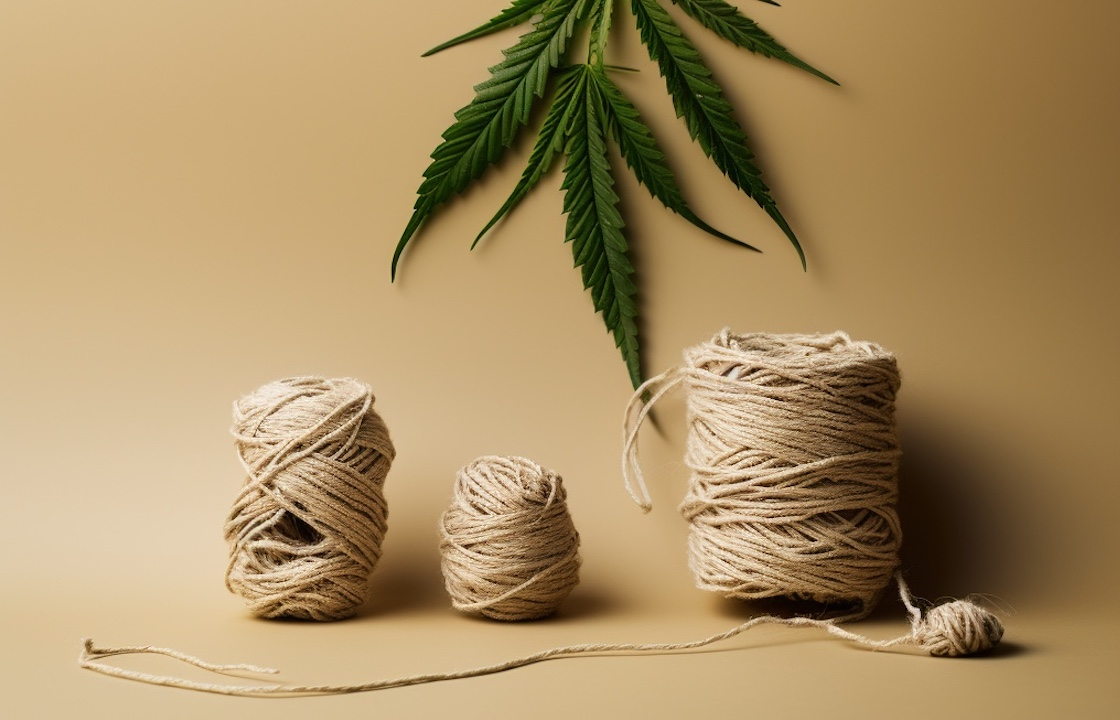
Natural vs. Synthetic Fibers: A Comparison
When it comes to natural fibers vs synthetic fibers, the differences are stark. Let's break it down:
-
Eco-Friendliness: Natural fibers are biodegradable, while synthetic fibers like polyester can take hundreds of years to decompose. Natural fibers like cotton, wool, and silk are usually breaking down in a few months to a year, while synthetic fibers like polyester can take several hundred years.
Good to know: An estimated 73% of the world's clothing eventually ends up in landfills or incinerators because much of it is not recyclable or reused.
Landfill Contribution Chart for 2021:

-
Comfort: Natural fibers offer breathability and comfort, while synthetic fibers may feel less pleasant against the skin.
-
Sustainability: Natural fibers often have a lower carbon footprint compared to synthetics. For example, organic cotton farming can reduce carbon emissions by up to 46% compared to conventional methods.
-
Aesthetic Appeal: Natural fibers offer a wide variety of textures and looks, from the elegance of natural silk to the casual comfort of cotton natural fibers.
This chart illustrates the dominance of synthetics, especially polyester, in the global fiber market (2021).
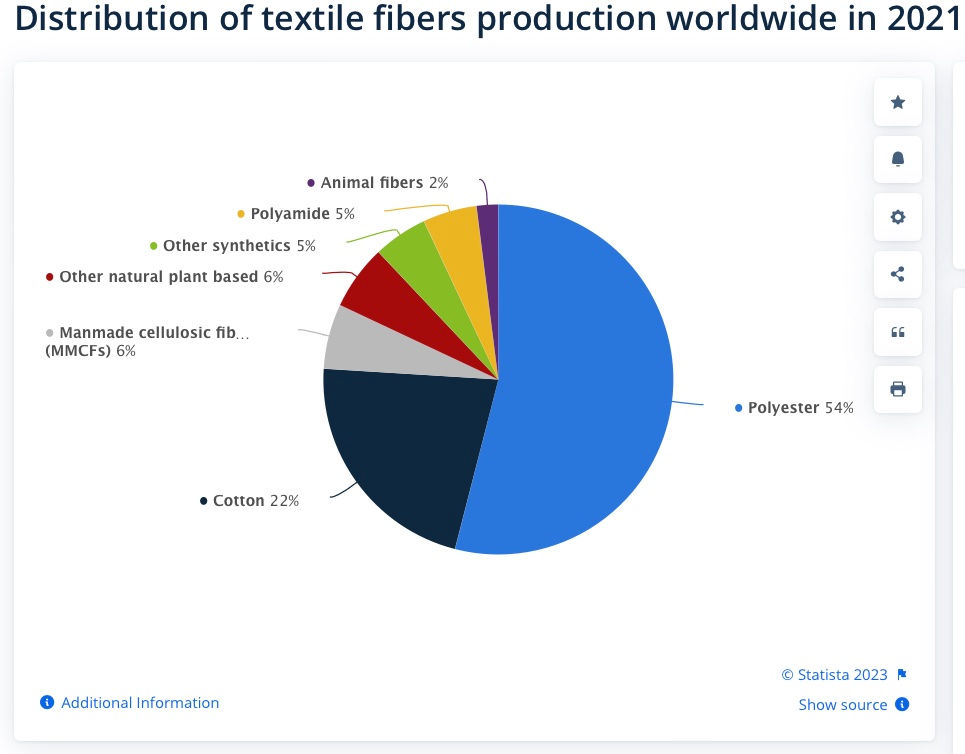
source: Statista
The use of natural fibers in clothing not only benefits the wearer, but also contributes to a greener and more sustainable fashion industry.
The battle of synthetic vs natural fibers isn't just about fashion; it's a statement about how we choose to interact with our planet.
Natural Fabrics for Clothing: A Comprehensive List
Looking for a natural fabric list? You're in luck! Here's a rundown of natural fabrics that are turning heads in the fashion industry:
-
(Organic) Cotton: Ideal for everyday wear
-
Linen: Perfect for summer outfits
-
Wool/ Cashmere: The winter favorite
-
Silk: For that touch of luxury
-
Hemp: A sustainable choice
-
Bamboo: Soft and eco-friendly
Each of these natural fabrics clothing options offers unique benefits, from the hypoallergenic properties of bamboo to the timeless elegance of silk.
Sustainable Clothing Made from Natural Fibers: Benefits and Advantages
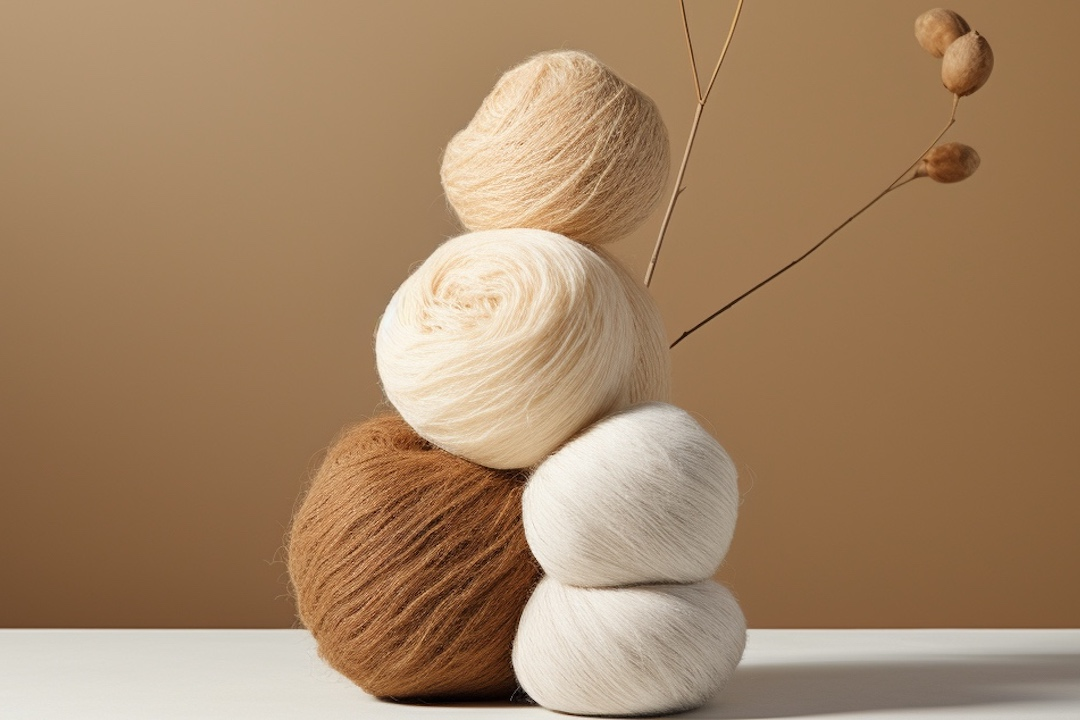
Why choose clothes made from natural fibers? There are numerous benefits to choosing natural fiber clothing, including its positive environmental impact, health benefits, and unique aesthetic appeal. Natural fiber clothing is more sustainable than synthetic alternatives, as it requires less energy and water to produce and is biodegradable. Additionally, natural fibers are more breathable and gentle on the skin, making them an ideal choice for those with sensitive skin or allergies.
In the following sections, we’ll explore the specific environmental, health, and aesthetic benefits of natural fiber clothing in more detail.
-
Environmental impact
One of the key benefits of natural fiber clothing is its lower environmental impact compared to synthetic fibers. Natural fibers are biodegradable, meaning they break down more quickly and do not contribute to environmental pollution. Additionally, the production of natural fibers requires less water and energy, making it a more sustainable option.
By choosing natural fiber clothing, you’re not only making a fashion statement, but also supporting eco-friendly practices that help protect our planet.
-
Health benefits
Natural fiber clothing offers several health benefits, including breathability and gentleness on sensitive skin. Natural fibers such as cotton, linen, and hemp are more breathable than synthetic materials, allowing air to circulate and keeping you cool and comfortable. This breathability also helps to regulate body temperature and reduce the risk of skin irritation and textile dermatitis.
Textile Dermatitis is a skin condition that can be exacerbated by synthetic fibers, making natural fibers a preferable option. Additionally, natural fibers are hypoallergenic, making them an ideal choice for those with allergies or sensitive skin. By choosing natural fiber clothing, you’re investing in your health and well-being, as well as supporting sustainable fashion.
-
Comfort and Ethical Choices
The comfort and aesthetic appeal of natural fiber clothing are undeniable. Natural fibers are lightweight and breathable, making them an ideal choice for warm weather and layering throughout the year. Furthermore, natural fibers come in a variety of colors, textures, and finishes, allowing you to create unique and stylish outfits that express your personal style.
Many natural fiber clothing brands prioritize ethical sourcing and fair trade practices.
By choosing natural fiber clothing, you’re not only investing in your comfort, but also supporting sustainable and eco-friendly fashion.
How to Choose Natural Fiber Clothing
When selecting natural fiber clothing, it’s important to consider quality indicators, labels and certifications, and ethical considerations to ensure you’re making an informed and eco-conscious choice.
Quality indicators
Quality is a crucial factor in the textile and clothing industry. When it comes to natural fiber clothing, the perceived quality and the actual durability and functionality of the clothing play a significant role in the garment's lifespan. Extending the active lifetimes of garments by producing better quality is widely discussed as a strategy for reducing the environmental impacts of the garment industry.
Understanding the quality of clothing is a multilayered process. Quality is considered throughout the life cycle of garments, from purchasing to using, taking care of, and ultimately discarding. Quality even plays a role after the first ownership, as it may allow multiple further owners or users if the quality permits.
So how to consider quality indicators? Let us primarily focus on cotton and wool, as well as the environmental considerations linked to sustainability.
Organic Cotton Clothing
-
Texture and Feel: To determine the quality of cotton, it's essential to feel the fabric. Good-quality cotton will have longer fibers that create a soft and smooth surface without loose furry fibers poking out.
-
Weight and Opacity: Higher quality materials use more fibers, resulting in a heavier and thicker fabric.
-
Sustainability Concerns: Organic or recycled cotton is preferred from an environmental standpoint, but recycled cotton should not be blended with polyester.
-
Environmental Impact: Conventional cotton farming may lead to reduced biodiversity, high water consumption, and use of damaging chemical fertilizers and pesticides. It’s also known to be highly water-intensive and accounts for a significant portion of the world’s insecticide and pesticide use.
Good to know: As of 2021, cotton represented about 30% of total textile fiber consumption, with major producing countries including India, China, and the United States.
Wool Clothing
-
Texture and Feel: Quality wool garments should feel soft and not have short, fluffy fibers on the surface.
-
Sustainability Considerations: Supporting brands that advocate for non-mulesed wool and farmers who carry out regenerative farming practices is recommended. Certifications such as New Zealand ZQ Merino can guide in identifying these considerations.
-
Environmental Impact: Wool production has environmental impacts across the production process from sheep grazing through scouring, spinning, dyeing, and finishing. The environmental benefits and impacts can vary between farms, so traceability and certifications are vital.
Labels and certifications
When choosing natural fiber clothing, look for labels and certifications that indicate the brand’s commitment to sustainability and ethical practices.
Some key certifications to look for include GOTS certification (global organic textile standard), which ensures the clothing is made from organic materials and meets high environmental standards; OEKO-TEX, which guarantees the clothing is free from harmful chemicals; or Fair Trade Certified, which ensures fair labor practices and safe working conditions for garment workers.
By seeking out these certifications, you can trust that your natural fiber clothing has been produced with the utmost care for people and the planet.
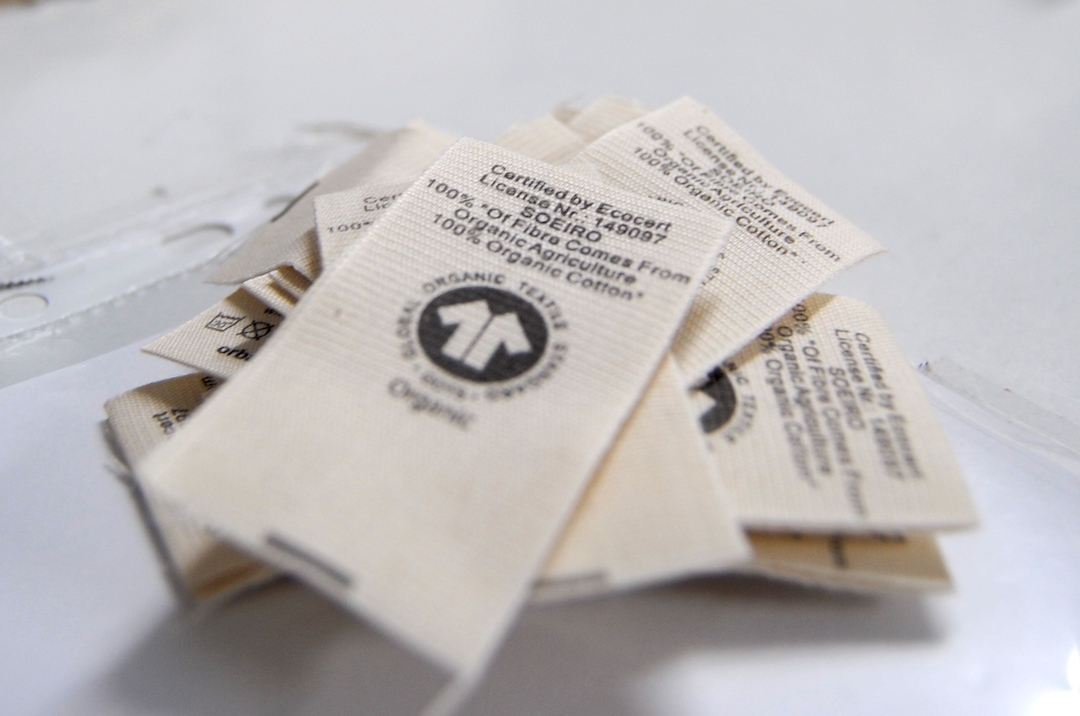
Ethical considerations
When investing in natural fiber clothing, be mindful of the environmental impact of the production process, the working conditions of the people who crafted the clothing, and the sustainability of the materials used. Choose brands that prioritize ethical practices, such as using organic and sustainable materials, ensuring fair labor practices and safe working conditions, and minimizing their environmental footprint.
By considering these ethical factors and ensuring an ethical supply chain, you can feel confident that your natural fiber clothing not only looks and feels great, but also aligns with your values and supports a more sustainable future.
Ethical Practices in Natural Fiber Clothing Brands
Many clothing brands, including popular brands and niche artisan labels, have committed to ethical practices that prioritize sustainability, fair labor, and responsible manufacturing. Emphasizing natural and eco-conscious materials, such as cotton, hemp, and bamboo, as well as recycled materials, these brands demonstrate a commitment to both the environment and the ethical treatment of workers. Let's explore some of these practices in greater detail.
Top eco-friendly and sustainable clothing brands

Brands like Patagonia and Reformation are leading the charge as a sustainable clothing brand, creating clothes from natural fibers like GOTS certified organic cotton, hemp, and linen and prioritizing sustainability, fair labor, and ethical practices.
Niche, artisan producers
In addition to well-known eco-friendly brands, there are also niche artisan producers who create unique, handcrafted natural fiber clothing. These producers often use traditional techniques and local materials to craft their garments, ensuring a one-of-a-kind product that reflects the skills and craftsmanship of the artisans.
By supporting niche artisan producers, you’re not only investing in beautiful, high-quality clothing, but also helping to preserve traditional crafts and promote sustainable fashion practices on a smaller scale.
Top Natural Fiber Clothing Brands to Watch in 2023
As the demand for sustainable and ethical fashion grows, many organic clothing brands, focusing on natural fibers, are emerging as leaders in the industry. Some of the top natural fiber clothing brands to watch in 2023 include Pact, People Tree, Amour Vert, Christy Dawn, Girlfriend Collective, Outland Denim, MATE the Label, Mara Hoffman, and many others
These brands offer a range of sustainable and ethical clothing options, using natural fibers like organic cotton, hemp, and linen to craft their garments. By keeping an eye on these brands in 2023, you can stay ahead of the curve and continue to make eco-conscious choices in your fashion selections.
Harvest & Mill
Harvest & Mill prioritizes eco-conscious clothing and shows it's possible to find stylish, affordable, and sustainable options.
Pact
Pact is loved for its organic cotton clothing, using up to 81% less water than traditional cotton. The brand avoids chemicals and focuses on fair trade basics that benefit consumers, farmers, and the planet.
By supporting these eco-friendly brands, you’re not only investing in high-quality, stylish clothing, but also helping to promote a more sustainable and ethical fashion industry.
Orbasics
is a children's clothing brand known for its commitment to sustainable and ethical practices, creating timeless and minimalistic sustainable basics using organic materials, prioritizing comfort and quality.
Christy Dawn
Offers organic cotton dresses, using non-toxic dyes and ethical practices in Los Angeles, California
MATE the Label
MATE the Label is a natural clothing company that stands out for its clean, conscious fashion that focuses on comfort and sustainability. Using natural fibers and ethical manufacturing, the brand creates cozy essentials that benefit the planet and its people.
Amour Vert
Amour Vert, French for "Green Love" emphasizes transparency and efficiency in its supply chain, even offering customers insights into the journey of a single dress from ideation to finished product, all happening within steps of each other
The Good Tee
The Good Tee offers a range of T-shirts and apparel made from organic and responsibly sourced materials.
If you're looking for organic clothing options specifically for children, there are brands that cater to this need as well. Focusing on soft, comfortable, and ethically produced garments, these brands for children's organic clothing offer an eco-friendly choice for the little ones.
Avoiding Fast Fashion
Fast fashion is identified as a significant contributor to environmental damage due to its cheap production, short lifespan, and synthetic materials. Be warned about greenwashing, where brands create illusions of sustainability without transparency
How to Identify and Shop for Natural Fiber Clothing
When shopping for natural fiber clothing, it’s essential to know how to identify and choose the best options for your needs. Be on the lookout for organic and untreated options, such as pesticide free organic cotton, and take a closer look at the source of the fabric, considering where and how the cotton was grown. Look for certifications or labels that signify the use of natural fibers, such as GOTS, Fair Trade, and B Corporation, to ensure you’re investing in quality materials.
Caring for Natural Fiber Clothing
Washing and maintaining clothing made from natural fibers, necessitates special attention to preserve both their appearance and quality. Here's an in-depth guide to ensure longevity:
Washing and maintenance tips
To maintain the appearance and quality of your natural fiber clothing, it’s important to follow the proper washing and maintenance guidelines. Hand wash or machine wash your garments in cold water with a gentle detergent, and lay flat to dry to prevent shrinkage and maintain the fabric’s integrity.
Avoid using fabric softeners, bleach, and hot water, as they can damage the fibers and cause fading or discoloration. By following these washing and maintenance tips, you can keep your natural fiber clothing looking great and lasting longer.
Caring for clothes made from natural fibers requires a gentle touch:
Washing:
-
Detergent: Use mild, eco-friendly detergents specifically designed for natural fibers. Plant-based detergents are perfect for maintaining the integrity of natural fabric clothing.
-
Water Temperature: Try to often wash in cold water, as hot water can cause shrinkage or damage to the fibers.
-
Method: Hand wash or use a gentle machine wash cycle to protect the fibers.
Drying:
-
Lay flat or air-dry your garments to prevent any alteration to the shape or integrity of the fiber. Avoid tumble drying, as it may cause unnecessary wear and tear.
Avoiding Common Mistakes:
-
Steer clear of fabric softeners and bleach, which can weaken the fibers and cause discoloration.
-
Hot water should be avoided, as it can lead to fading or other alterations to the garment's appearance.
Environmental-friendly cleaning products
Using eco-friendly cleaning products is an excellent way to minimize the environmental impact of caring for your natural fiber clothing. Look for cleaning products that are free of harsh chemicals, such as phosphates, chlorine, and formaldehyde, as they can harm the environment and your clothing.
Additionally, consider using reusable cleaning cloths made from natural fibers, such as cotton or bamboo, to further reduce waste and environmental impact. By using environmentally friendly cleaning products and practices, you can maintain your natural fiber clothing and support a sustainable non toxic lifestyle.

If you enjoyed this post, check out these other articles on safe and non toxic products:
Best Non-Toxic Activewear Brands for a Healthier Workout
Frequently Asked Questions
What does clothing made from natural fibres feel like?
Natural fibres, like cotton, are soft and breathable, which makes them perfect for those with delicate skin. They are also strong and will keep you cool, dry and comfortable.
What are natural fibers fabrics?
Natural fibers are plant or animal-based fibres that are used to create fabric. Common examples of natural fibers include cotton, silk, linen, wool, hemp, rayon, modal, lyocell, alpaca fleece, camel hair and spider silk. These fibers are more sustainable and ethical than synthetic fabrics.
Why you should only wear natural fibers?
Wearing natural fibers like cotton, linen, or wool offers advantages in comfort, breathability, and sustainability. They often feel softer against the skin and provide excellent temperature regulation. However, personal preference and specific garment needs may influence the choice between natural and synthetic materials.
What is the cheapest fiber for clothes?
Cotton is the cheapest and most widely used fiber for garments, as it has been used for thousands of years due to its numerous advantages.
It is strong, durable, and comfortable, and it is also easy to dye and print on. Cotton is also breathable, which makes it a great choice for summer clothing. Additionally, it is relatively easy to care for.
How do natural fibers compare to synthetic fibers in terms of sustainability?
Natural fibers are a much more sustainable option than synthetic fibers due to their biodegradability, lower energy and water requirements, and reduced environmental impact.
Synthetic fibers, on the other hand, are made from petroleum-based products and are not biodegradable. They require more energy and water to produce, and their production process releases more pollutants into the environment.
1 comment
I’m doing research on natural breathable fibers and how they impact our environment and affect our health. Thank you for the information you have provided.












